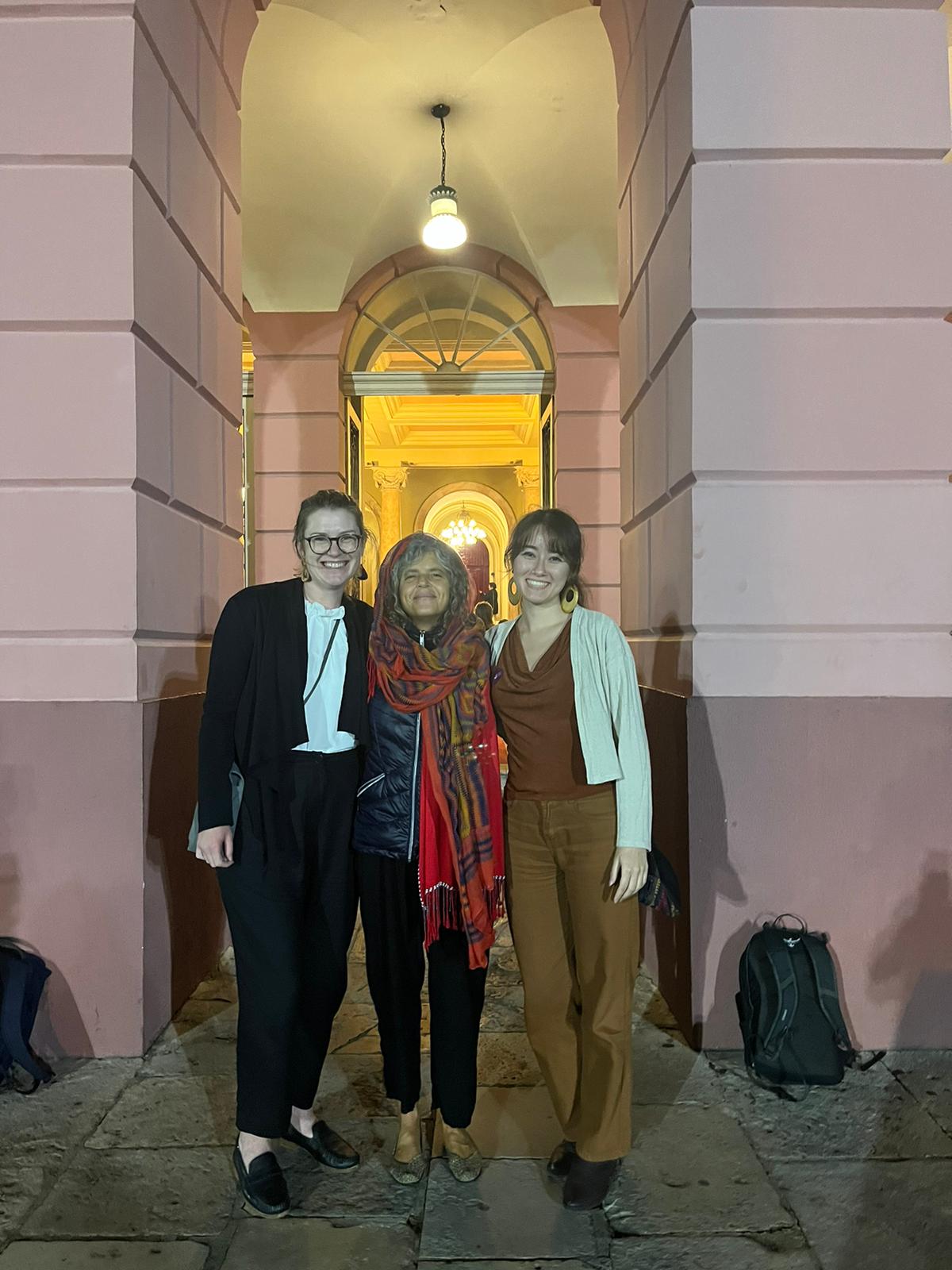24 July 2024 – From January through July 2024, China agreed to various targets and measures to support the mitigation of fluorinated gas, including hydrofluorocarbon (HFC) and hydrochlorofluorocarbon (HCFC) refrigerant recycling and recovery, including:
Prohibition of direct emissions of refrigerants and requires recycling, reuse, and harmless disposal of these substances during servicing and end-of-life processes: These prohibitions are included in the recently amended Regulation on the Administration of Ozone Depleting Substances (effective as of 1 March 2024, IGSD translation, here).
- Implementation of these prohibitions faces challenges. According to official data from China’s Ministry of Ecology and Environment, only around 40% of waste TV sets, refrigerators, washing machines, air conditioners (ACs), and microcomputers were properly recycled and disposed of from 2012 to 2020. For the AC sector, Chinese researchers found that the total refrigerant emissions from ACs were 85 Mt CO2-eq in China in 2019; 79% of these refrigerant emissions arose from AC disposal.
Lifecycle refrigerant management in end-of-life recycling and disposal processes for cooling equipment:
- On 23 January 2024, the China Ministry of Commerce, together with eight other national ministries and agencies, issued policy guidelines to promote the recycling of household appliances with the target of increasing the recycling rate of household appliances by 15% by 2025 from the 2023 levels. The guidelines aim to achieve the targets through measures such as building pilot recycling cities, cultivating the recycling industry, promoting best practices/models, and developing regulations, policies, and standards.
- On 13 March 2024, China’s State Council issued an action plan to promote the large-scale replacement of equipment and consumer goods. This action plan sets the targets of doubling the rate of vehicle recycling and increasing the recycling rate of household appliances by 30% by 2027 from 2023 levels.
- On 29 March 2024, China’s Ministry of Finance released the Management Measures on the Special Fund for the Treatment of Waste Electrical and Electronic Products (Draft for Public Comments). This document proposes to allocate government funds to support waste electrical and electronic product recycling and disposal.
- On 24 June 2024, the China Ministry of Ecology and Environment announced during its monthly press conference the next steps for implementation of the March 13 action plan mentioned above, including releasing the Work Plan for Regulating the Environmental Supervision of Waste Equipment and Consumer Goods Recycling and Disposal and carrying out special enforcement actions to control environmental pollution caused by the illegal dismantling of waste equipment and consumer goods.
- On 24 July 2024, the China National Development and Reform Commission and Ministry of Finance announced around 300 billion RMB (13.77 billion USD) of ultra-long-term special government debt funding to support implementing the March 13 action plan mentioned above. The special government debt funding will be used to, among other things, support consumer goods replacement, recycling and disposal, including:
- Subsidizing individual consumers in replacing their higher-emission gasoline fueled passenger cars (at and below level 3 of the national emission standard) or older new-energy passenger cars (registered on or before 30 April 2018) with selected new-energy (subsidy at 20,000 RMB (2,754.5 USD) per car) and selected new gasoline (subsidy at 15,000 RMB (2,065.9 USD) per car) fueled passenger cars;
- Subsidizing individual consumers in purchasing energy-efficient household appliances, including refrigerators, air conditioners, and others, for 15% of the product sales price for appliances with level 2 energy efficiency; and for an additional 5% of the product sales price for appliances with level 1 energy efficiency (subsidy per product is up to 2,000 RMB (275.5 USD)); and
- Providing 7.5 billion RMB (around 1 billion USD) in national government funding to support the recycling and disposal of waste electrical and electronic products in 2024.
These policies would benefit from additional measures that increase the demand for reclaimed refrigerants, such as a government edict that specific types of cooling equipment must use an increasing amount of reclaimed refrigerants to reduce the demand for newly produced fluorocarbon refrigerants and minimize the release of fluorocarbon emissions into the atmosphere. Additionally, strengthened monitoring, reporting, and enforcement of refrigerant emissions reduction and proper disposal requirements, incorporating best industry practices and technologies, will be needed to maximize the climate benefits of these policies and funding mechanisms.
Additional IGSD resources:
- IGSD, China Announces Key Energy-Saving and Carbon-Reduction Targets and Actions for 2024-2025 (29 May 2024).
- IGSD, China Issues Amended Regulation to Strengthen Its HFC Phasedown (4 January 2024). IGSD’s English reference translation of the amended Regulation on the Administration of Ozone Depleting Substances is available here.
- IGSD, China Releases List to Guide and Promote Low-Global Warming Potential Alternatives to Ozone-Depleting Substances (14 June 2023).
- Xiaopu Sun, Pu Wang, Tad Ferris, Hui Lin, Gabrielle Dreyfus, Baihe Gu, Durwood Zaelke, & Yi Wang, Fast Action on Short-Lived Climate Pollutants and Nature-Based Solutions to Help Countries Meet Carbon Neutrality Goals (Advances in Climate Change Research) (August 2022).




